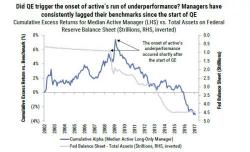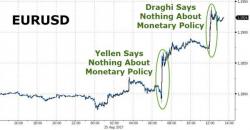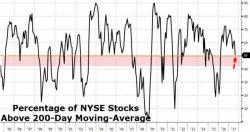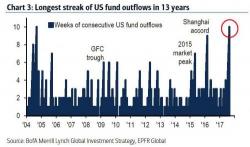How Much Harvey Damage Can Insurers Face Before They Crack?
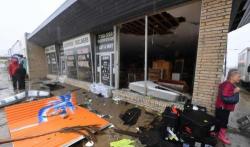
Hurricane Harvey has unleashed unparalleled devastation on southwest Texas, flooding Houston, the fourth largest city in the US, and many towns along the Gulf coast from Galveston, to Port Lavaca and beyond. But even Harvey’s 130 mph winds aren’t strong enough to threaten the ironclad balance sheets of America’s largest insurers, which have amassed a “fatter-than-ever” capital cushion capable of absorbing any payouts related to what looks to be, by several measures, one of the worst hurricane in US history, according to the Wall Street Journal.
